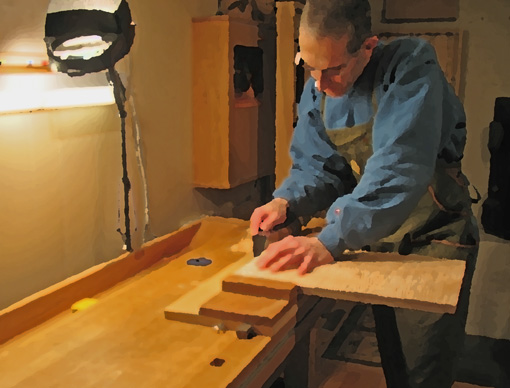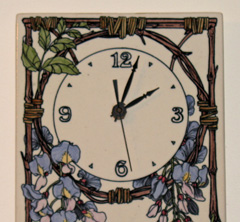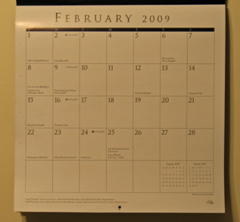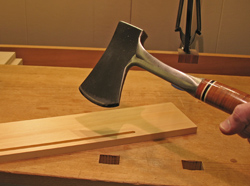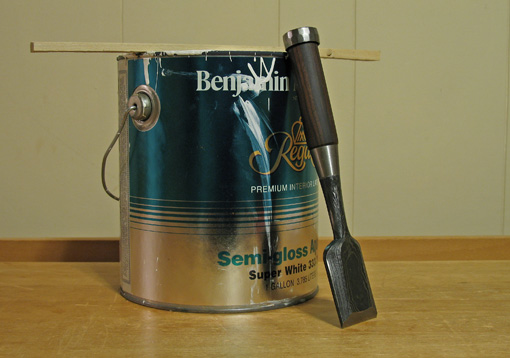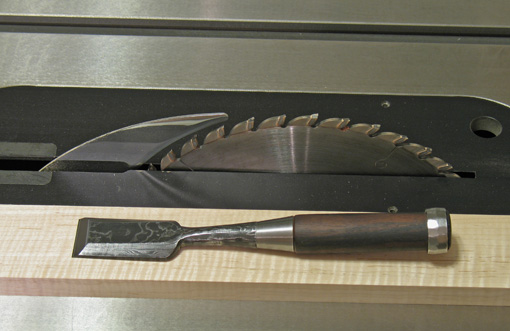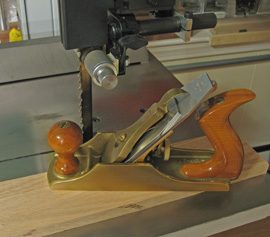What follows are thoughts conjured up while, or recovered from, sweeping the shop floor. Maybe you can relate.
- Why are so many home shops relegated to the basements? You love woodworking, bring it up to ground level. It is more important than the TV, which somehow seems to always get its own room with a window.
- Perhaps like many readers here, I started making things from wood because the material is easy to cut, firm enough to be structural, and seems so friendly and harmless, only later discovering its variety and beauty. I would probably like making things from any material, but I cannot resist making things out of wood.
- We woodworkers are too often deferential to speculative examination of historical work to decide technical issues when the answer may be found with modern, orderly testing and inquiry.
- Making a one-of-a-kind piece is far more mentally taxing than the easy rhythm of knowing you have previously worked through an entire process, and thus can be fully confident of an outcome that is always in sight. However, new designs are exciting and edifying.
- I think I may, at some point, acquire “enough” clamps. I am sure, however, that I will never have enough wood.
- “Dead on”, “dead flat”, and the like, mean to me that the manufacturer doesn’t want to tell you its tolerances. And if a tool needs to be “dead on” (no such thing), shouldn’t I want to know the tolerances?
- Fine quality wood craftsmanship is financially undervalued. Woodworkers need to better communicate the value of our product. It would be nice if our creations spoke for themselves but it is not enough.
- Isn’t it exciting that this is the best time in history to obtain high quality woodworking hand tools? What a difference from, say, 20 years ago. And it keeps getting better.
Happy woodworking! And thanks for reading.


